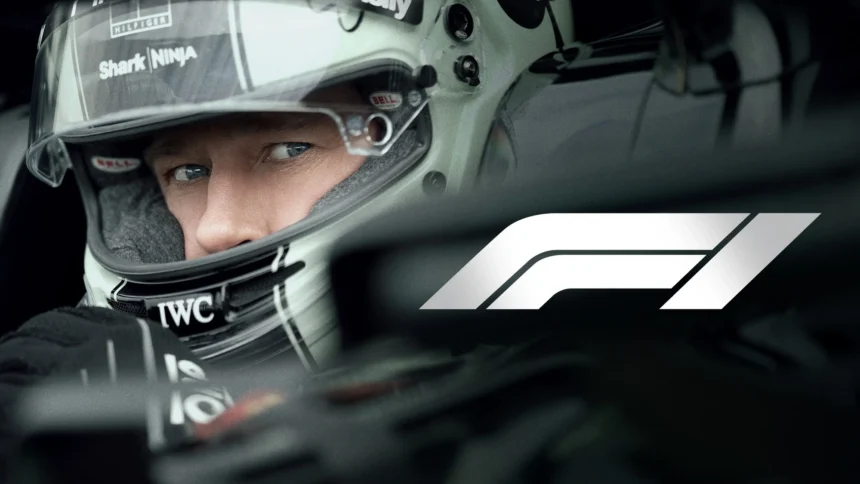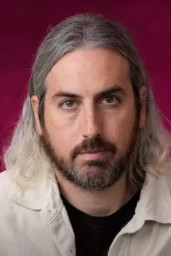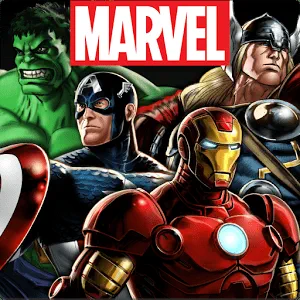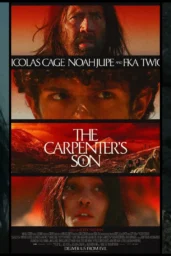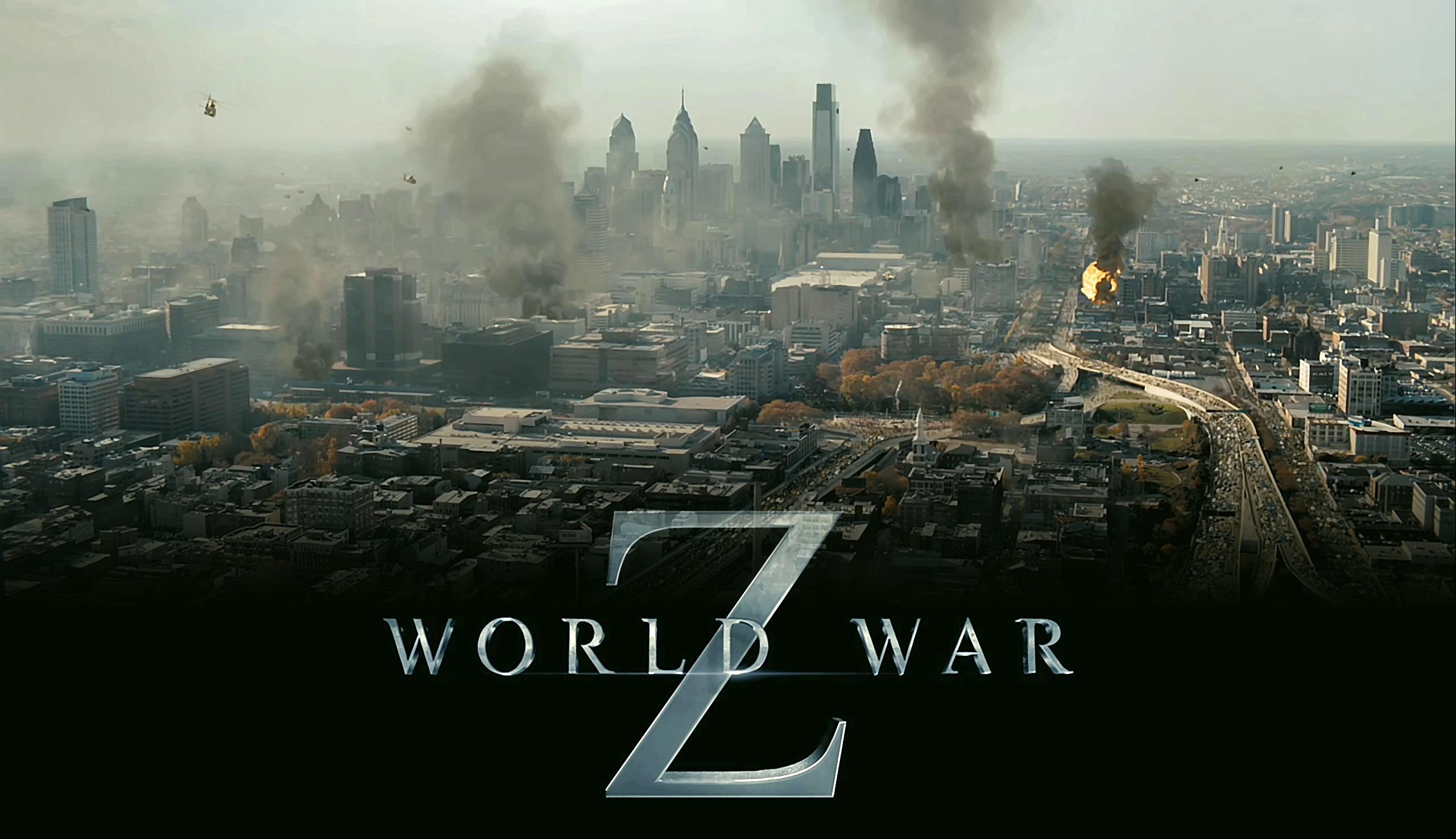He wins. Of course he does.
Brad Pitt’s Sonny Hayes crosses the line at the Abu Dhabi Grand Prix, triumphant in F1, the Joseph Kosinski-directed, Apple-backed ode to speed, redemption, and—let’s be honest—Brad Pitt doing Brad Pitt things in a helmet.
It’s rousing. It’s slick. It’s satisfying.
It’s also… predictable.
And maybe that’s the problem.
Because there was another ending. An alternate version, possibly shot, definitely staged, where Damson Idris’ character—Joshua Pearce, the rookie phenom—wins the season finale. Where he lifts the trophy. Where Sonny, the aging mentor with one foot out of the cockpit and the other still stuck in his ego, steps aside.
But that’s not what we got.
“We actually did shoot an ending with Damson winning as well… Where he went up there, and held [the trophy] up,” Kosinski told GQ, before second-guessing himself. “Did we shoot it with the cameras? I feel like we just staged it to try to throw people off.”
Wait—so was it real? Staged? A decoy? A bluff in a game of cinematic poker?
Either way, the fact that they even considered a different winner says a lot. About the story. About the studio. About what Hollywood thinks audiences really want when the dust settles and the engines cut.
Let’s get one thing straight: F1 isn’t really about who wins the race. It’s about the bond between Sonny and Joshua, how they clash, collide, and eventually find a rhythm. Think Top Gun: Maverick—which, oh yeah, Kosinski also directed. The older guy with baggage. The younger guy with something to prove. High-speed vehicles. A healthy dose of legacy and loss.
But here’s the thing: letting Sonny win undermines the arc that matters more.
Joshua should’ve won.
Not because Sonny isn’t a worthy character—he is. Pitt plays him with that perfect mix of swagger and melancholy. But because passing the torch means actually handing it over. Not yanking it back at the last second so you can take a victory lap.
Instead, the final race knocks Joshua and Lewis Hamilton out of contention (Hamilton plays himself here, and also produced the film), clearing the track for Sonny’s one-last-ride moment. Cue the slow-mo. Cue the cheers. Cue the closing montage that sends Sonny off to the Baja 1000 like a leathery road warrior still chasing adrenaline.
Cool? Sure. But narratively hollow.
Imagine this instead: Joshua wins. Sonny, having coached him, sacrificed for him, lets him take the crown. Sonny doesn’t need a trophy—he needs closure. That’s a better ending. A braver one.
But that’s not the ending we got.
And maybe that’s because F1, for all its polish and pedigree, still plays it safe. This is a film meticulously engineered by Kosinski, produced by Jerry Bruckheimer, and scripted with mass appeal in mind. It’s not built to challenge archetypes—it’s built to deliver them. Hero wins. Mentor rides off. Applause.
Kosinski defended the choice, saying “anyone can guess the end of a movie.” True—but guessing isn’t the issue. Believing in it is.
There’s irony here. The film tries so hard to sell us on evolution—on the way these men grow—but then defaults to the old model: let the older white guy win. Again.
Joshua becomes a stepping stone, not the story.
And it stings because Damson Idris crushes it. He brings charisma, sharpness, and vulnerability to Joshua. He deserves the moment that was maybe filmed, maybe not. The fact that Kosinski can’t even remember if they shot it? That says everything.
Maybe they never intended to use it. Maybe it was a PR decoy. Or maybe—just maybe—they got cold feet when they saw how good it was.
But what if they’d left it in? What if audiences saw Joshua hoist that trophy?
It wouldn’t just change the ending—it might’ve changed the message.
F1 is in theaters now. The engines roar, the visuals dazzle, and Brad Pitt looks damn good behind the wheel. But when the credits roll, it’s hard not to wonder:
Who really deserved to win?
And why didn’t they let him?

